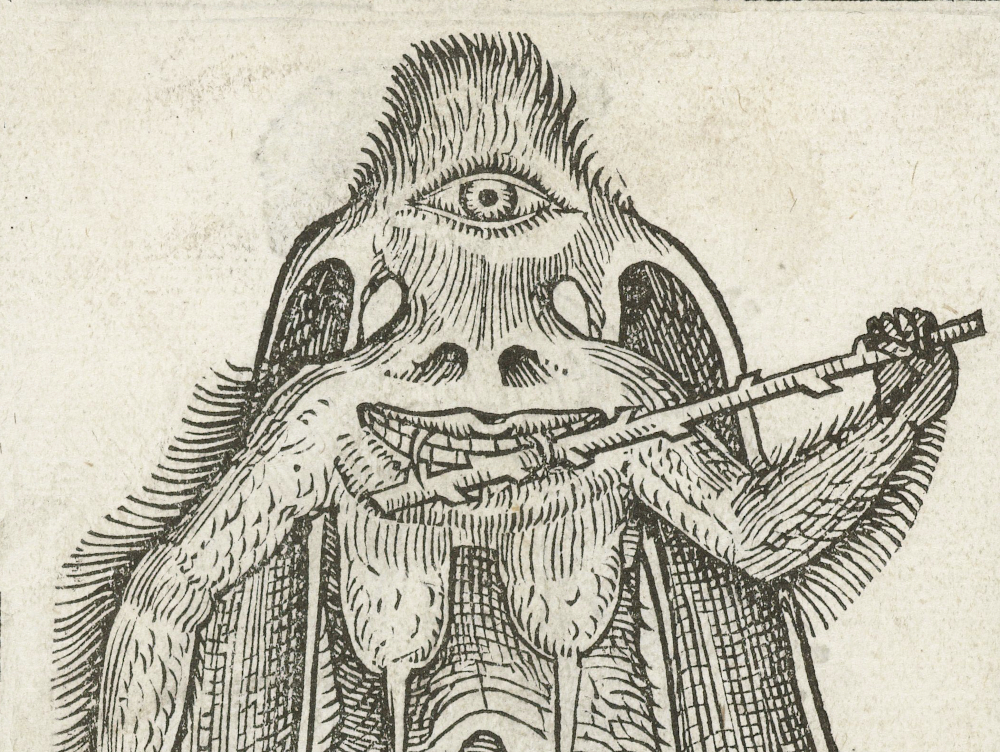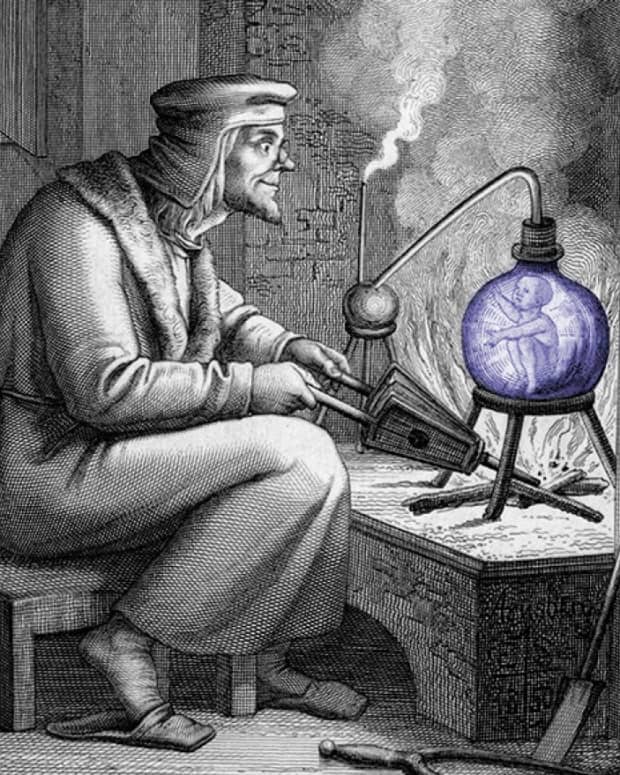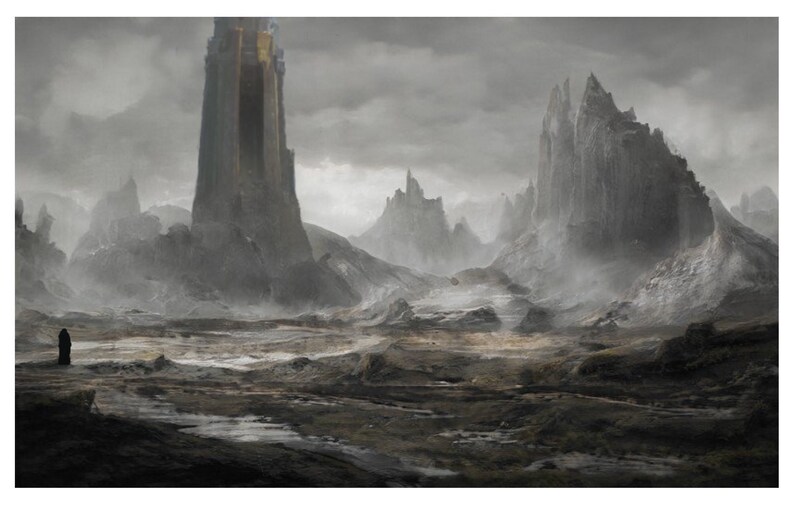Il DNA dei moderni greci è strettamente correlato agli antichissimi Micenei e Minoici
La Civiltà Micenea si sviluppò fra il 1.600 e il 1.200 a.C. nella zona di Micene, nel Peloponneso, per poi scomparire in modo repentino e misterioso, gettando però i semi per la cultura della Grecia Classica. I Minoici erano la popolazione dell’isola di Creta, oggi così chiamati grazie al nome del mitico Re Minosse, che costituirono la civiltà cretese fra il 2.000 e il 1.450 a.C.. I Micenei, contemporanei per lungo tempo dei Minoici, erano più combattivi di questi ultimi, che invece si dedicavano al commercio, e a un certo punto, fra il 1.450 e il 1.400 a.C., li assoggettarono al proprio controllo.
Sotto, la Porta dei Leoni a Micene. Fotografia di Andrea Trepte condivisa con licenza CC BY-SA 2.5 via Wikipedia:

Epicamente non furono solo i Minoici a cadere, ma anche la città di Troia in Turchia, conquistata dai Micenei
In una ricerca del 2013, l’antico DNA di 19 persone vissute fra il 2.900 e il 1.700 a.C. (fra cui 10 minoici cretesi, 4 Micenei del sito archeologico di Micene e 5 persone di altre culture fra Grecia e Turchia) è stato confrontato con quello di 30 moderni Greci e altre 334 persone vissute in antichità in tutta l’area Mediterranea ed Eurasiatica.
I risultati sono stati sorprendenti
I micenei erano strettamente legati alle popolazioni minoiche, ed entrambi dovevano 3/4 del loro DNA ai primi agricoltori che vivevano in Grecia e nell’Anatolia sud-Occidentale. Entrambe le culture avevano un DNA connesso ai coltivatori caucasici nei pressi all’odierno Iran, suggerendo che la migrazione di persone dall’est avvenne prima che i micenei si separassero dai minoici. Tutte queste popolazioni, hanno un DNA profondamente diverso da quello delle popolazioni Africane ed Egiziane dell’epoca.
Rispetto agli abitanti di Creta, i Micenei portavano un’importante differenza:
Dal 4 al 16% del loro DNA proveniva da popolazioni del Nord-Europa o della Siberia
Uno degli autori dello studio, Iosif Lazaridis, genetista delle popolazioni presso l’Università di Harvard, afferma come sia quindi chiaro che le migrazioni dalla steppa eurasiatica proseguirono sino a poco prima del periodo Miceneo, ma non raggiunsero gli abitanti di Creta.
Sotto, affresco di una danzatrice al palazzo di Cnosso:

Non a caso, minoici e micenei si assomigliano. Negli affreschi, nelle ceramiche e in genere in tutte le opere d’arte, gli artisti di entrambe le culture dipingevano persone con gli occhi scuri e i capelli scuri, sebbene le due culture parlassero e scrivessero lingue diverse (Lineare A e Lineare B). I micenei erano più militaristi, e la loro arte era caratterizzata da lance e immagini di guerra, mentre l’arte minoica non era centrata sul culto della battaglia.
Sotto, una donna raffigurata a Micene:

E i greci moderni?
La parte forse più interessante dello studio è quella che raffronta la popolazione della moderna Grecia con quella degli antichissimi Greci. Fra i Micenei, i Minoici e i Greci Moderni esistono numerosissime sovrapposizioni genetiche. Per George Stamatoyannopoulos, co-autore dello studio, la continuità fra popolazioni vissute oltre 3.500 anni fa e i Greci moderni è sorprendente.
La Grecia subì le invasioni dei Persiani, dei Romani, dei popoli Barbari, il dominio dei Veneziani e dei Turchi Ottomani
Questo suggerisce che le componenti genetiche degli antenati dei Greci erano già consolidate durante l’età del bronzo (3.500-1.200 a.C.), dopo che la migrazione dei primi agricoltori dall’Anatolia stabilì il modello per il corredo genetico dei greci e, di fatto, per molti altri popoli europei.
Pittura a Cnosso:

La conclusione di Stamatoyannopoulos è che: “Ora sappiamo che i fondatori delle prima civiltà europea avanzata erano europei. Essi erano molto simili agli europei del neolitico e molto simili ai cretesi del giorno d’oggi“.
Il prossimo obiettivo dei genetisti è riuscire a identificare le connessioni fra il misterioso popolo Ittita e i moderni abitanti dell’odierna Anatolia.
Articolo parzialmente tradotto e da Science Mag., altre fonti sono le pagine Wikipedia riguardanti la Civiltà Micenea e Minoica.





